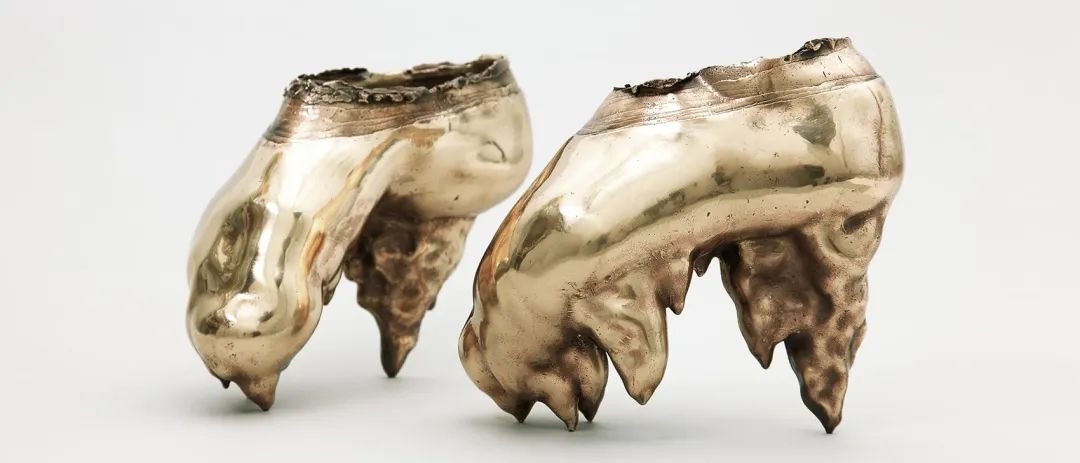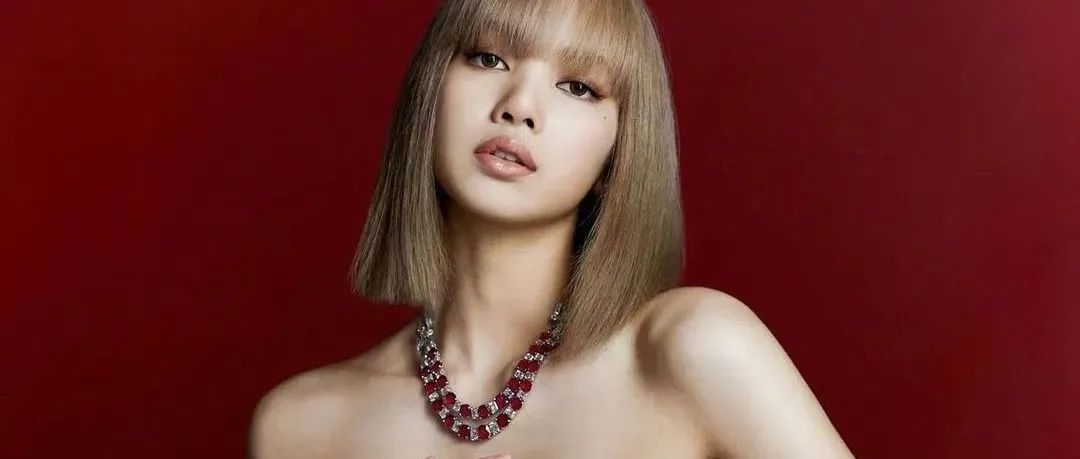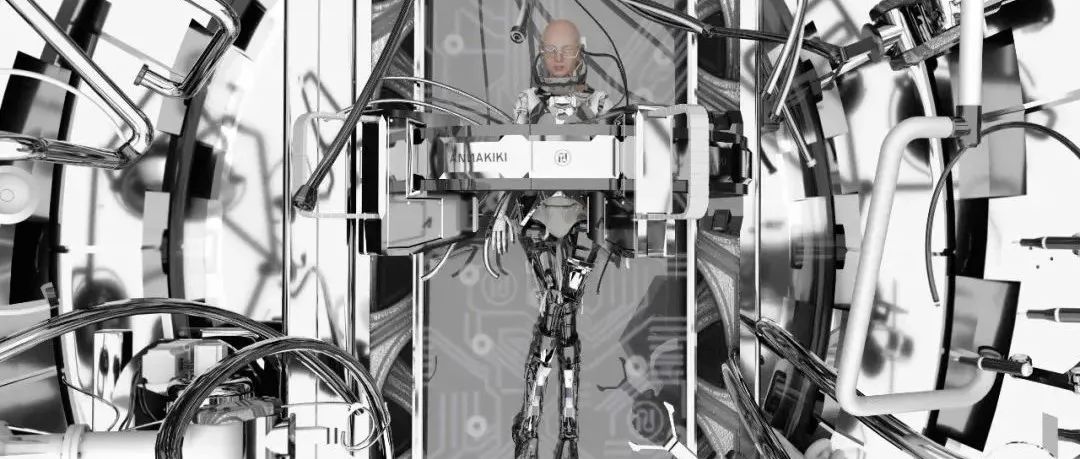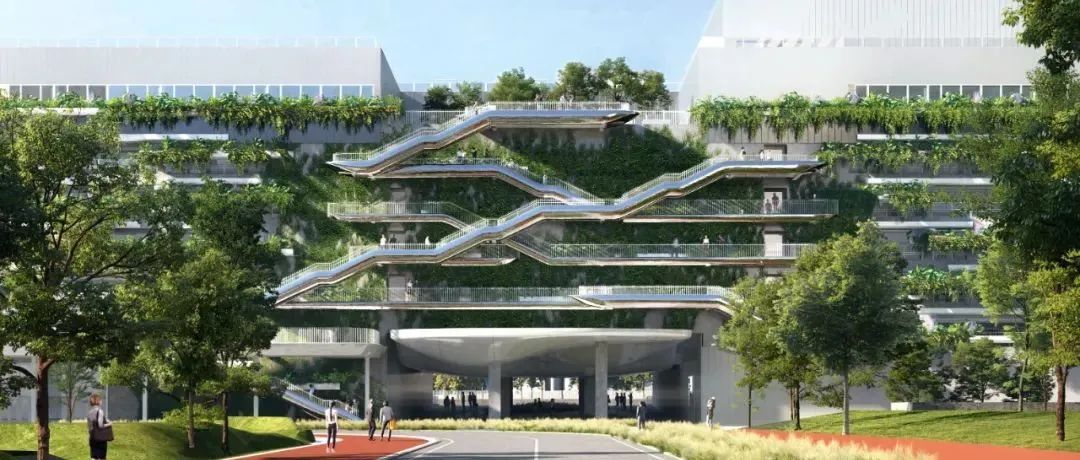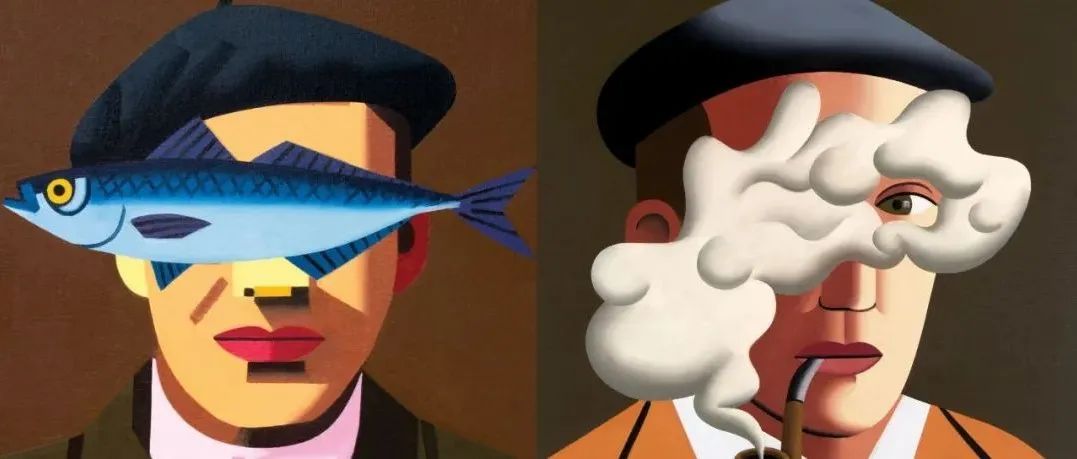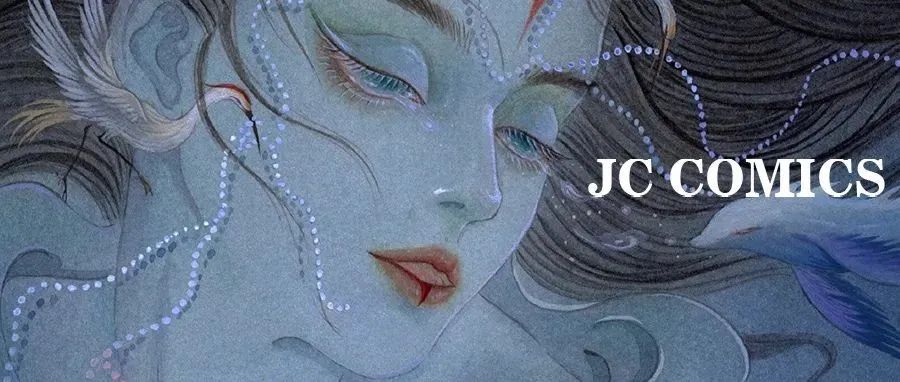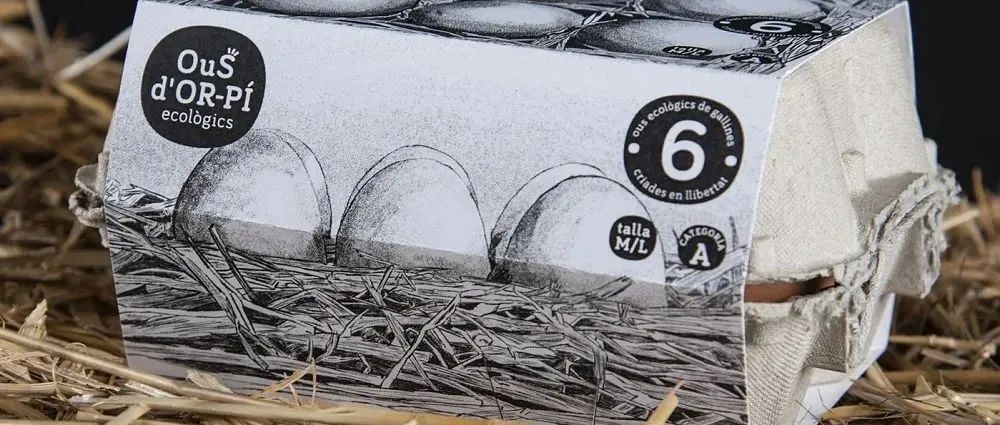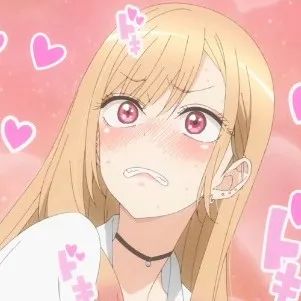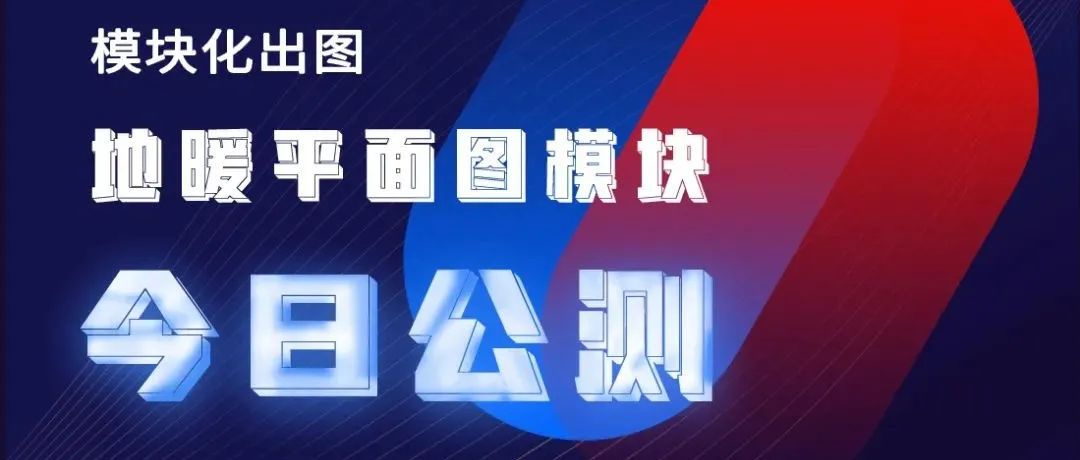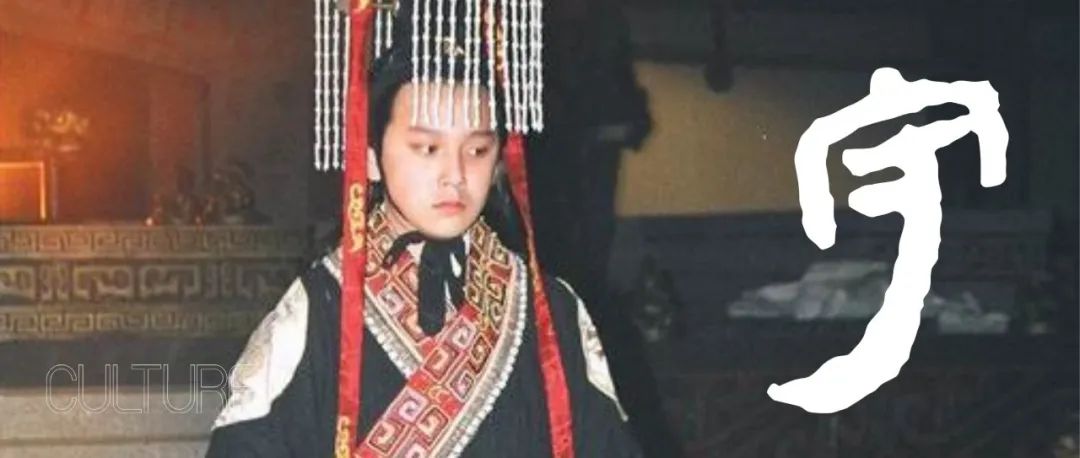『欧洲艺术家展览系列』,是Du/laboratory以主题性策划发布的一个推送。我们将分享艺术家的艺术实践和展览。Du/laboratory后续也会发布不同主题性推荐。
-------------------请朋友们多多关注-----------------
时间:April 29 – June 4, 2022
Angelika Loderer :我一直试图进一步思考雕塑的概念。
Angelika,你的作品遵循什么艺术方法?
我一直试图进一步思考雕塑的概念,我开始质疑古典雕塑和经常被雕塑处理的裸体的意义。所以我开始专注于形式基础,并尝试使用古典雕塑的不同技术和材料。
您喜欢使用在某处找到的形状。有时我们可能没有意识到它们,但它们已经存在。
这是正确的。我开始使用现有的形状,因为我觉得我们已经被如此多的物体所包围,我真的只需要使用它们而不是制作新的。对我来说也出现的问题是,一个想法或一种形式被授权实施有多好。
古典雕塑家会被期望从原始质量中创造出一个物体。你已经有了对象。这个想法是如何产生的?
它更多是从缺钱开始的,因为材料很贵。所以我尽量避免否定形式——可以这么说是出于必要。这就是一系列倒孔的产生方式,为此我倒出了正空间,即来自废弃动物住宅的孔,例如鼹鼠孔或啄木鸟孔。为此,有必要对周围环境、材料和技术产生一定的敏感性。过程和实验一直让我感兴趣。有了这个原则,我接近了“媒体反射雕塑”的概念。
对于您自己的作品,您对“媒体反射”一词的理解到底是什么?
对我来说,介质反射意味着我的材料的材料特性和加工方法作为我工作的基本参数流入设计过程。我使用沙子、蜡、金属、石膏等材料,我喜欢测试它们的可能性。例如,去年我尝试了蘑菇菌丝体和木屑的混合物。我试着用不同的东西喂真菌。我发现这很令人兴奋,因为它是活的,而且有很多种类的真菌。当我将带有蘑菇混合物的照片放在一个plexibox中时,我开始使用它并喜欢蘑菇绘画本身的想法。类似于水族馆,人们可以观察这个过程并看到
这个工作流程背后的想法是什么?
我想我正在寻找一个微妙的例子来说明通常不可见或被认为不重要但对我们的存在产生重大影响并且一直在我们身边的东西。
Angelika Loderer's sculptures could best be described as "media-reflective art" because they find their starting point in the material and its properties. Her fragile, temporary objects consist of cast metal and secondary materials from the casting process, i.e. materials used for intermediate steps, such as casting sand. In doing so, the artist creates a field of tension between the durability of one material and the ephemeral nature of the other. Angelika, what artistic approach do you follow with your work? I've always tried to think further about the concept of sculpture and I've started to question the meaning of classical sculpture and the naked body, which is often treated sculpturally. So I started concentrating on the formal basics and experimenting with different techniques and materials from classical sculpture. You like to work with shapes that you find somewhere. Sometimes we may not be aware of them, but they already exist. It's correct. I started working with existing shapes because I feel that we are already surrounded by so many objects that I really just need to use them instead of making new ones. The question that also arises for me is how good an idea or a form is that it is authorized to be implemented. A classical sculptor would be expected to create an object from a raw mass. You already have the object. How did the idea for this come about? It started more from a lack of money because materials are expensive. So I tried to avoid the negative form – out of necessity, so to speak. This is how the series of pouring holes came about, for which I poured out the positive space, i.e. the holes from abandoned animal dwellings such as mole holes or woodpecker holes. For this it is necessary to develop a certain sensitivity for one's surroundings, the material and the technology. Processes and experiments have always interested me. With this principle I move close to the concept of "media-reflective sculpture". What exactly do you understand by the term "media-reflective" in relation to your own work? For me, media-reflective means that the material properties and processing methods of my materials flow into the design process as fundamental parameters of my work. I use materials like sand, wax, metal, plaster and the like and I like to test them for their possibilities. For example, last year I experimented with a mixture of mushroom mycelium and wood shavings. I tried to feed the fungus with different things. I found that exciting because it's alive and there are so many species of fungi. I started working with it and loved the idea of the mushroom painting itself when I put photographs with the mushroom mix in a plexibox. Much like in an aquarium, one could observe the process and see how new abstract images develop through infestation and decomposition until the fungus dries up, sort of like papier-mâché. What is the idea behind this work process? I think I'm looking for a subtle illustration of what is normally invisible or considered unimportant but has a major impact on our existence and is all around us all the time.
然而,在学习艺术之前,您首先致力于体育科学。
这是正确的。我高中毕业后的第一步是在格拉茨学习体育,以便远离费尔德巴赫的村庄结构。在美国阿肯色州的一所文理学院进行了一年的学习交流,让我有机会从事艺术工作,当然后来又在应用艺术大学学习 Erwin Wurm 的雕塑课。
乍一看,艺术和体育听起来是截然不同的领域。
我认为这两个领域之间有一些相似之处。在体育运动中有明确的规则和积分系统。在艺术上也是如此,即使它被说成是那么的自由。你还必须完全地、几乎天真地投入到这件事上,不知道你是否会成功。而且你必须有很好的耐力。此外,体育俱乐部系统与艺术界形成的团体并没有那么远。
You studied with Erwin Wurm, who turned the concept of sculpture upside down with his “One Minute Sculptures”. How did you experience studying in his class and what experiences flow into your work today? Coming from a rural area, I didn't know much about contemporary art. All I knew was that I was curious. At that time, the course was called "Sculpture and Multimedia" at the University of Applied Arts in Vienna. Erwin gave the concept of sculpture no limits. I found the approach exciting and I was able to let my imagination run free. Erwin gave me motivational support right from the start. I am still grateful to him for his trust in me. Before studying art, however, you first devoted yourself to sports science. It's correct. I studied sport in Graz as the first step after my high school graduation, in order to move away from the village structure in Feldbach. A year of study exchange in Arkansas, USA, at a liberal arts college gave me the opportunity to work artistically, and of course later at the University of Applied Arts, in Erwin Wurm's sculpture class. At first glance, art and sport sound like very different fields. I think there are some parallels between the two areas. In sport there are clear rules and point systems. It's the same in art, even if it's said to be so free. You also have to devote yourself completely and almost naively to the matter, without knowing whether you will be successful. And you have to have a good portion of stamina. In addition, the club system in sport is not so far removed from the groups that form in the art world.
您的沙雕始终保持相同的三种颜色。这是为什么?
我使用来自金属铸造生产的沙子。我觉得没有必要给它染色,因为颜色是由过程解释的。所以我的雕塑都保留了这些自然的颜色——棕色、橙色或黑色。褐砂是石英砂,被认为是铸造厂的原材料。软油砂呈橙色,在铸造过程中用于去除精细表面。黑沙被使用并且已经被用于铸件,因此被烧毁。
How do you create your impressive sculptures made of casting sand, as they were also on display in the Vienna Secession?
Casting sand is used in the sand casting process for the production of bronze castings. However, I use this tool to create the work itself, i.e. a sculpture, from the working material. The sculptures are created from the positive according to planning and are built up in layers on site. These are the limits of the material, but also mine, since it takes a great deal of physical effort to press the sand into its shapes and sizes. I find the aspects of fragility and transience in these works interesting, as well as the fact that the material can be reused.
Your sand sculptures are always kept in the same three colors. Why is that?
I use the sand as it comes from the metal casting production. I don't find it absolutely necessary to dye it, as the colors are explained by the process. So my sculptures are kept in these natural colors - either in brown, orange or black. The brown sand is quartz sand and is considered the starting material in the foundries. The soft oil sand is colored orange and is used in the casting process to remove fine surfaces. The black sand is used and has already been used for a cast and is therefore burnt.
Angelika Loderer(* 1984 年,在维也纳生活和工作)的作品从现代主义的历史中脱颖而出,也受到当前条件的影响。一方面,她激活了信息的表演力量——激起了现代主义在形式和内容之间的划分。另一方面,她所处的当代生活模式的特点是偶然性成为常态。在这种双重背景下,Loderer 开发了一套将偶然性作为形成条件的作品。她的作品利用了材料、工艺和展示机制,这些机制不断地执行和展示物体与同样偶然的观众相关的内部平衡行为。
Loderer 曾就读于维也纳应用艺术大学(AT)、伦敦温布尔登艺术学院(英国)以及阿肯色州亨德里克斯学院(美国)。
最近的个展包括:2020 年 “夜片”,维也纳 SOPHIE TAPPEINER(奥地利);2019 “假装很好”,Kunstfenster Gnas,Gnas (AT);2018 年 Grazer Kunstverein, Graz (AT) 'Poems to Gadgets' ;2017 年 “安静的字体” ,索菲·塔佩纳,维也纳(AT); “Angelika Loderer” 在 维也纳分离派(AT);2016 年 在萨尔茨堡 (AT) 萨尔茨堡艺术协会举办的“动画” ;2015 年在多特蒙德(德国)多特蒙德艺术协会举办的“成片” 。
入选群展包括:2022 ' Ebbing Touch ',Galeria Madragoa 主持 SOPHIE TAPPEINER,Galeria Madragoa,里斯本(PT);2021 年“软水,硬石”,由 Jamillah James 和 Margot Norton 策划的新博物馆三年展,新博物馆,纽约市(美国);' Avantgarde und Gegenwart ',Belvedere 21,维也纳(AT),' Dilithium ',Futura,布拉格(CZ),' FOSTER.The Soil and Water Residency ',维也纳双年展,维也纳应用艺术博物馆,维也纳(AT),'显示施蒂里亚:将会是什么。走向多元的未来,格拉茨艺术馆,格拉茨 (AT);2020 年“ Pina at 4649 ”,4649,东京(JP),“野玫瑰生长的地方”,维也纳(AT)Pina;2019 '全天然。 萨尔茨堡 现代博物馆/Mönchsberg (AT) 的 100% Sammlung' ;'关于新。 Belvedere 21 - 维也纳当代艺术博物馆 (AT)的维也纳年轻场景;2018 年 柏林 Exile 画廊的“Dead End Galaxies” (德国);2017 年“柏拉图尘埃”在墨西哥城 (MX) 的 El Quinto Piso。
她的作品被包括在 Albertina、Belvedere 21、Kunsthaus Bregenz、Landesgalerie Linz、Lentos、Museum der Moderne Salzburg、Universalmuseum Joanneum 和 EVN 等的永久收藏中。
&:
ANDEREAS BLANK’STUDIO
Hilde Overbergh’ Studio
POINTS of RESISTANCE IV: SKILLS FOR PEACE 柏林画廊周隆重推出
Poppy and recollection—黄佳、夏鹏、王凯凡、Clara Broermann抽象联展
POINTS of RESISTANCE IV: SKILLS FOR PEACE-(柏林画廊周隆重推出)参展艺术家作品
CY • TWOMBLY -赛•托姆布雷
展览现场:变奏 - 新千年以来的青年艺术
中谷芙二子
柏林展览现场:透过门槛观看Looking Through the Threshold
ART 22 条
关于ART 22 条 —— 孙策篇
关于ART 22 条 —— 沉默篇
关于ART 22 条 —— 杨重光篇
关于ART 22 条 —— 廖廖篇
收藏&生活-陈石ChenShi
德意志归来-夏鹏 XiaPeng
德意志归来-杨重光YangZhongGuang
德意志归来-吴霜 Wu Shuang
德意志归来-张博夫 Zhang BoFu
德意志归来 - 徐升Xu Sheng
绘画的巴洛克本质 — 石磊
不为塑造而塑造 — 谢蓓
毕业十年 — 岳一川 Yue Yichuan
毕业十年 — 施 翔 Shi Xiang
毕业十年 — 太 平 Tai Ping
新·艺术生产者 >
新·艺术生产者 | 吴桐禹 - 以艺术家视角和藏家共情
新艺术生产者|顾博 - 20年起了近万个标题后,不想再琢磨了,直接唠嗑吧
----------------------------------------------
本文来自微信公众号“Du Laboratory”(ID:du_laboratory)。大作社经授权转载,该文观点仅代表作者本人,大作社平台仅提供信息存储空间服务。


